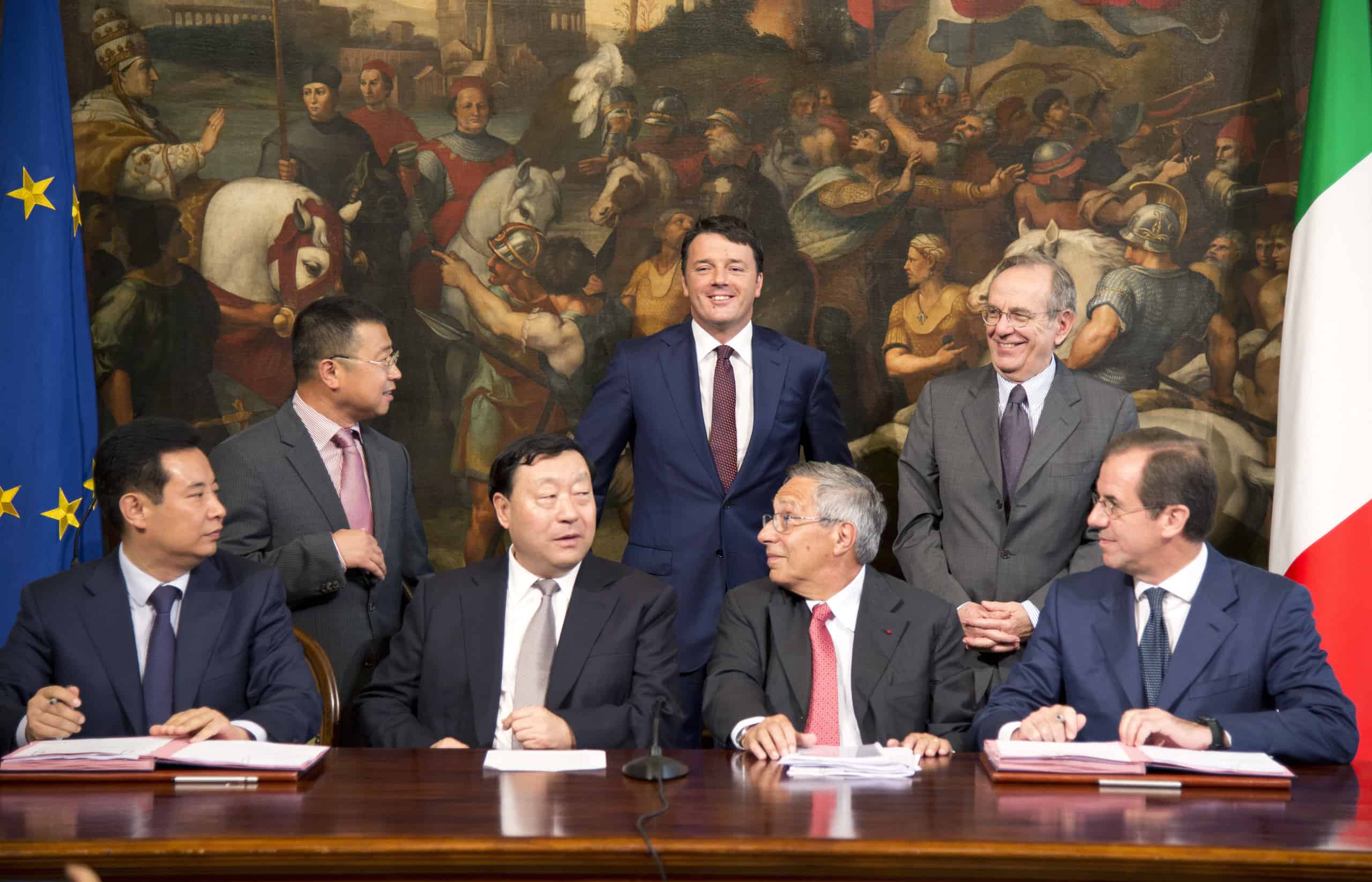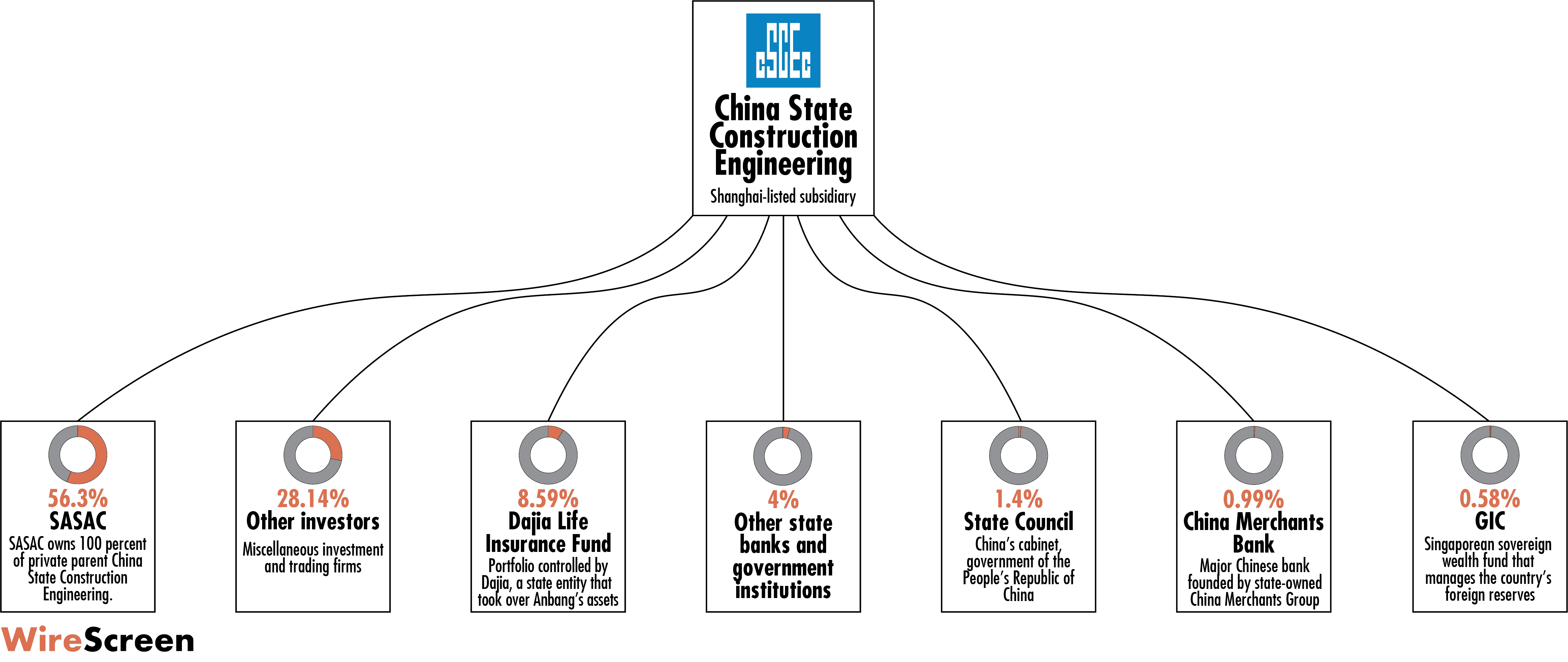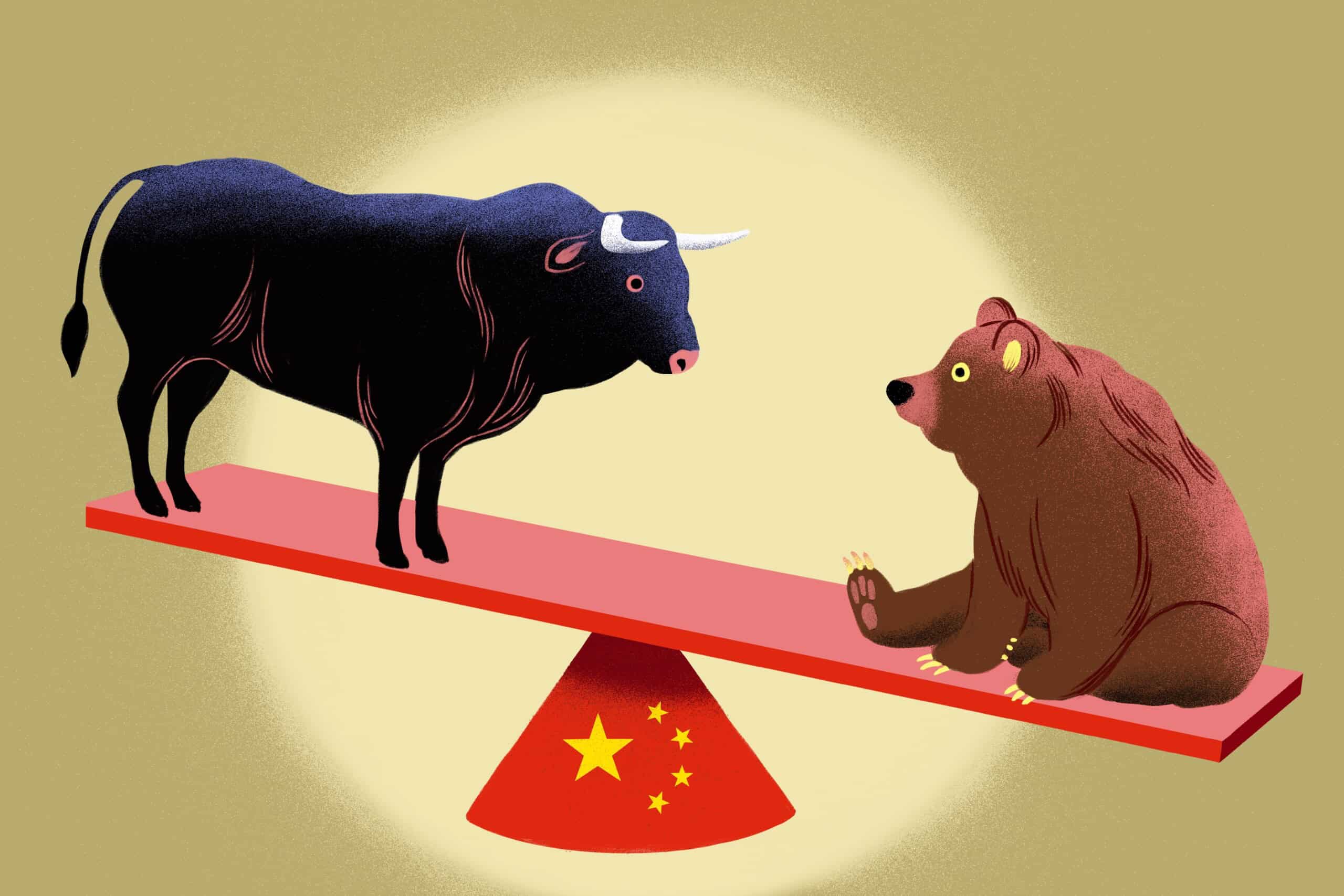
Credit: Italy’s Palazzo Chigi, Creative Commons
China’s State-owned Assets Supervision and Administration Commission (SASAC) is perhaps the world’s most powerful business manager. With trillions of dollars in assets under its watch, this government body has oversight over 96 of the country’s biggest state-owned enterprises, including China’s oil majors, its telecommunications giants and its colossal chemical and shipbuilding operations.
SASAC was set up in 2003, to assume control of state firms from various state ministries and commissions, and its role is to manage, approve mergers, appoint senior executives and to ensure that the massive state sector is operating efficiently.1Nicholas Lardy, at the Peterson Institute for International Economics, has stressed that SASACs decision to create bigger and bigger state firms has not improved their efficiency. It’s been referred to as the “nanny” for big state enterprises.2Tobacco and financial SOEs are managed through different centralized entities.
SASAC’s companies are also the cornerstone of the Belt and Road Initiative (BRI). Established in 2013, the BRI encourages Chinese companies to take on major international infrastructure projects. Through October 2018, roughly half of BRI contracts were signed with SASAC entities. That accounted for more than 70 percent of all BRI contracts’ value.
This week, The Wire looks at SASAC’s biggest enterprises, and examines the shareholding structure of one major firm operating along the Belt and Road Initiative: the China State Construction Engineering Corporation.
SASAC’s Corporate Titans
SASAC’s biggest enterprises are all giants in their industry. Its 25 largest firms all rank among the world’s 250 biggest corporations. The top few dominate in areas like energy, construction, and transportation services. Almost eight million people are employed by the top 25 state companies alone.
A number of SASAC firms have also come under growing scrutiny from the U.S. government because of their work with the PLA, or People’s Liberation Army. In June, for instance, the U.S. Department of Defense released a list of Chinese military firms, including 10 SASAC companies.3The Wire previously wrote about the companies on the Pentagon’s list. A November executive order mandated that Americans would no longer be able to invest in entities on the list. There is now government pressure that could force those companies to be delisted from the New York Stock Exchange and removed from popular stock indices.
What follows is a list of SASAC 25 largest enterprises by revenue.

Data: Fortune 500, SASAC
Building China — and the World
China State Construction Engineering Corporation is perhaps the world’s biggest construction firm. It opened its first international offices in the late 1970s; listed shares on the Shanghai Stock Exchange in 2009, in one of the year’s largest IPOs; and won contracts to build Beijing’s Daxing Airport, venues for the 2008 Beijing Olympics, and Tesla’s Giga factory in Shanghai. The company employs more than 300,000 workers, and by its own count, is responsible for constructing the homes of 1 in 25 mainland Chinese residents.
The company also has huge overseas operations. It’s building highways, stadiums, high-rise buildings, airports and irrigation projects throughout the world. In the U.S., it has won deals to build a museum in Miami, renovate the Alexander Hamilton Bridge in New York, and work on the extension of New York City’s subway line 7.
It is also playing a major role in the Belt and Road Initiative. The China Global Investment Tracker4Jointly administered by the Heritage Foundation and the American Enterprise Institute (AEI) found 170 overseas deals involving CSCEC since July 2006. Nearly three-fourths were BRI projects valued at more than $63 billion. Its biggest BRI contracts include a $3 billion project to build a new capital in Cairo and a $2 billion contract to construct a major roadway in Argentina.
CSCEC has also drawn negative attention from the United States. Parent China State Construction Group is on the Pentagon’s list of military affiliates. That label prevents Americans from investing in the company. It could also have a chilling effect on its international contracts.
CSCEC’s second-largest stakeholder, behind SASAC, is a fund controlled by Dajia. Dajia was formed to take over debt-laden Anbang Insurance in 2020, taking over the fund along with it.5Read coverage of Anbang Insurance’s troubles here and here.
Below is a list of shareholders in CSCEC’s publicly traded company.

Data: WireScreen, S&P’s CapitalIQ

Hannah Reale is a staff writer with The Wire. Previously, she reported for the New England Center for Investigative Reporting, The West Side Rag, and her college newspaper, The Wesleyan Argus. @hannahereale



